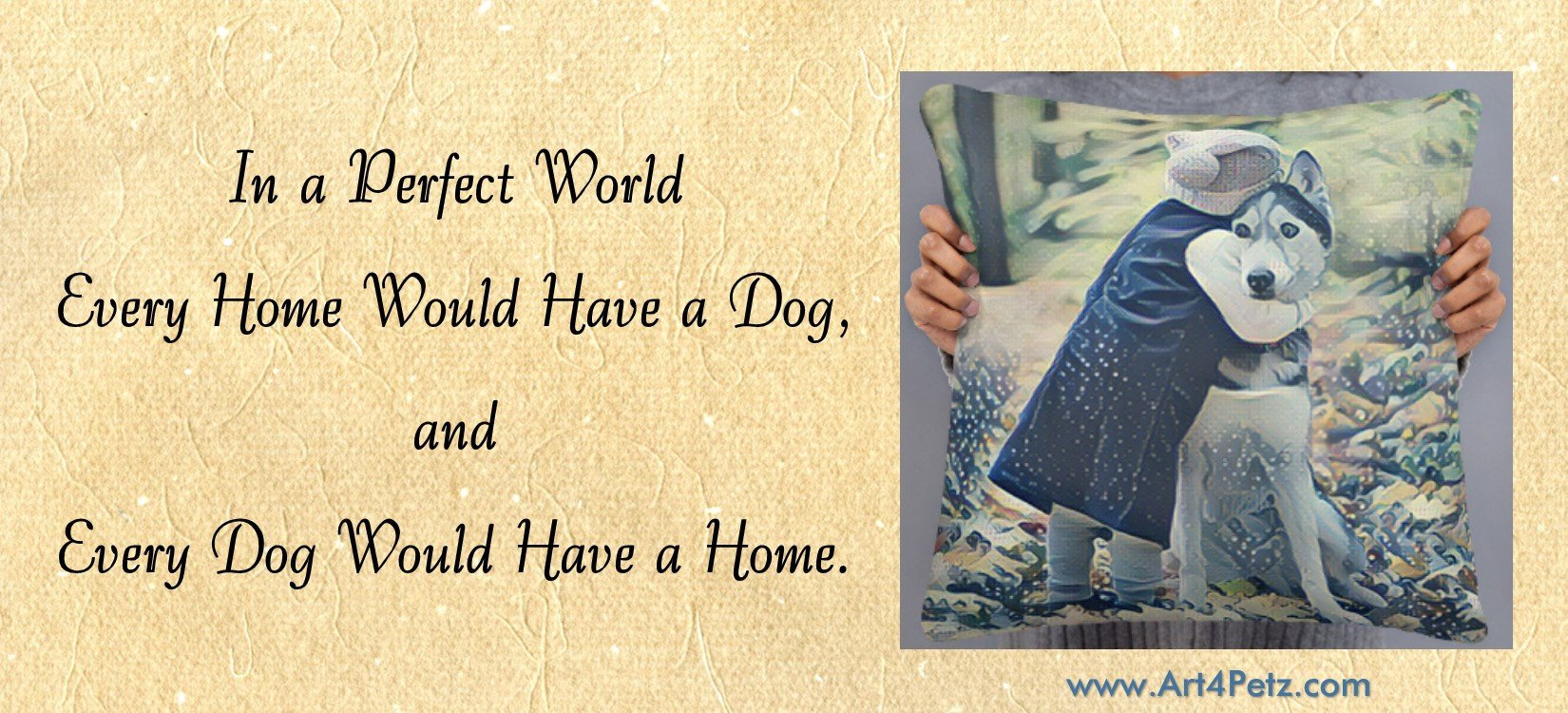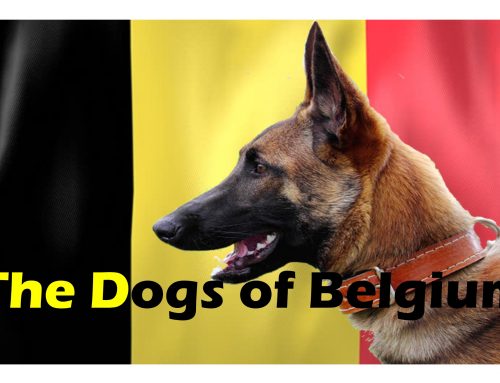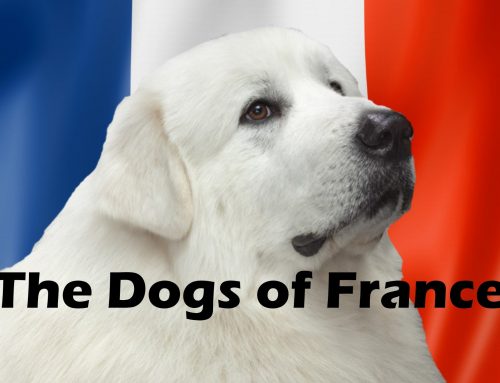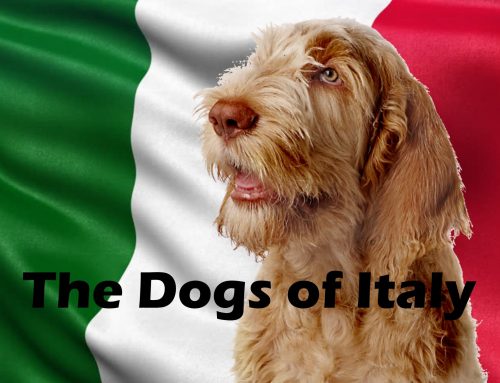Russia is the largest country in the world, covering 11 different time zones. This gives plenty of space for different dog breeds to develop and there are certainly plenty. Each breed was uniquely created to survive in the harsh Russian climate and they all serve various purposes.
Some say that when people in West Russia are having breakfast, the people in East Russia are having dinner!
The traditional “Russian breed” is a dog that has been born and bred to work, such as shepherd dogs, laika (barking/guarding) dogs, hunting (gun) dogs, and police dogs.
Today there are about twenty known dog breeds of Russian origin. Here are ten of the most popular!
Samoyed

The Siberian Samoyed, alternately known as the Siberian Bjelkier, the “Samoyed” or simply “Smiling Sammy,” proudly represents the Russian hunting dog breeds group with its wonderful, positive, vibrant, outgoing, and enthusiastic temperament.
The Samoyed was originally a reindeer herder and carting dog developed by the Samoyedic peoples of Siberia. It’s thick coat kept it warm and safe during the extremely harsh winter conditions. Recent studies have confirmed that the Samoyed is one of the most ancient dog breeds and they have been bred and trained for over 3,000 years.
This big Russian dog breed has been bred to hunt, pull sleds, herd reindeer, and assist their humans in nearly every phase of life together. These snow dogs have since adapted to handle warmer and even tropical climates. But it is still best to bring them indoors when it gets really hot.
Currently, the Samoyed is one of the most popular of all the medium Russian dog breeds.
Central Asian Shepherd Dog
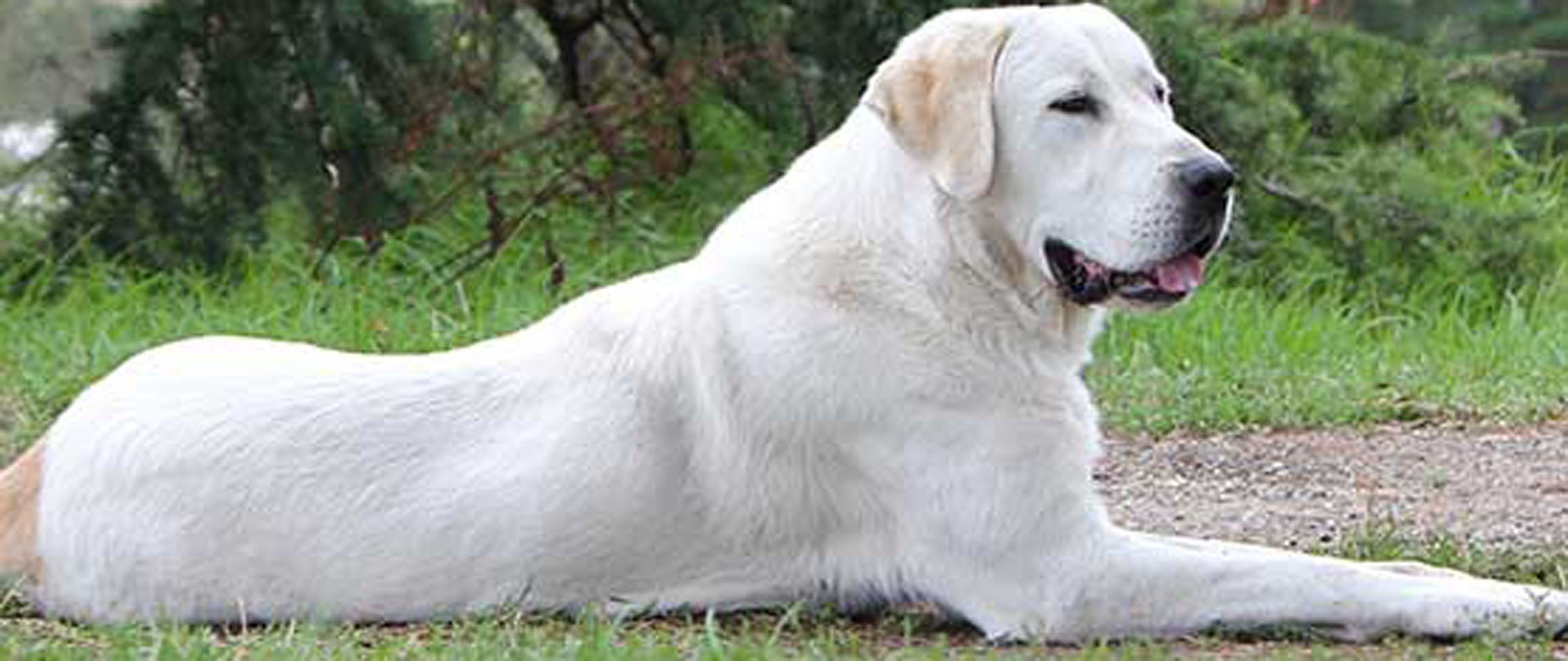
The Central Asian Shepherd, also called the Alabai and the Central Asian Ovcharka, shares part of its early lineage with the Caucasian Shepherd Dog. Both breeds can probably trace their lineage back to the original Tibetan dogs.
The two lineages of Shepard Dogs were thought to part ways in the early 20th century since breeders focused on selecting for specific traits ideal for these dogs’ work and living environment in Russia and Central Asia, respectively.
The Central Asian Shepherd dog originates from the former Soviet Union and was bred as a livestock and property guardian. The breed was also used in traditional dog fighting, in which the dogs seldom injured each other. Shepherds and farmers set their males against each other to find the most dominant dog in the group, but not necessarily the most aggressive.
The Central Asian Shepherd has a naturally fearless, proud, and independent temperament. This is a result of their long working lineage, herding livestock and confronting large predators.
Russian Laika

The Yakutian Laika is one of a number of laika (barking and guarding dog) breeds. This dog has an ancient history as a canine member of the Yakute tribal people.
The Laika is a hunting dog originating in Russia and was known for its method of hunting, called bark-pointing, in which it would “point” out prey by barking at it.
The breed was separated into four different types and was used frequently up until the 19th and 20th centuries when industrialization brought other types of hunting dogs to Russia.
These dogs may have been the first sled-pulling dogs in the world!
Human progress nearly wiped out the Yakutian Laika, due to the decrease in need for sled-pulling dogs. But breeders rallied, and today these happy, energetic, people-pleasing canine companions are becoming more popular outside of Russia as well.
Russian Spaniel
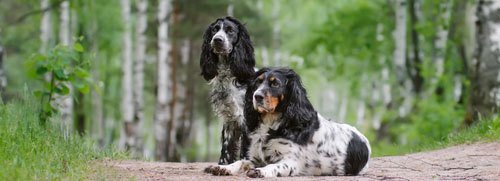
The Russian Spaniel is the newest representative of the Russian hunting dog (gun dog) group. This loyal, energetic, smart, and active dog is equally adept at hunting birds and other small prey.
The breed was standardized in 1951 and was developed by crossbreeding various spaniels. Cocker Spaniels were used for hunting in Russia but were found to be of little use, because their small size couldn’t get them through the harsh Russian terrain. Breeding for longer legged gun dogs soon became popular.
The first Spaniel, named Dash, came to Russia as a gift. The black Spaniel was given to a knyaz (nobleman) named Nikolai Nikolaevich. However, spaniels since then have been deliberately bred for certain hunting traits. This hunting dog is a natural at flushing and retrieving game in marshlands, grasslands, and forests.
Siberan Husky
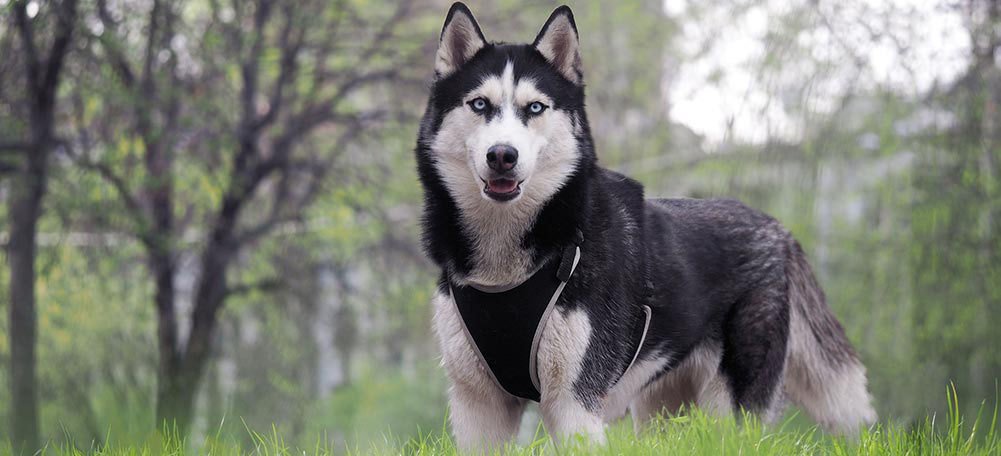
The Siberian Husky is one of the most ancient dog breeds in existence, as confirmed by DNA analysis of various dog breeds. It was developed in the harsh Siberian climate as a sledding and carting dog.
The breed helped people survive arctic winters. It became popularized during the 1925 Alaskan diphtheria outbreak, in which a team of Siberian Huskies was able to transport serum over 600 miles when no other mode of transportation could make it through the climate.
The Siberian Husky is probably the best known of the medium-sized Russian dog breeds.
The lineage dates back a amazing 4,000 years to the Chukchi people and their sled dogs.
Today, the Siberian Husky still competes in sled races and still adores human company.
Siberian’s have been socialized as companions to people and is so trustworthy to its owners that in past decades, it was not uncommon for tribal adults to leave their children at home in the care of adult Siberian Husky dogs while they were out hunting, gathering and tending to other family business!
Russian Toy Terrier
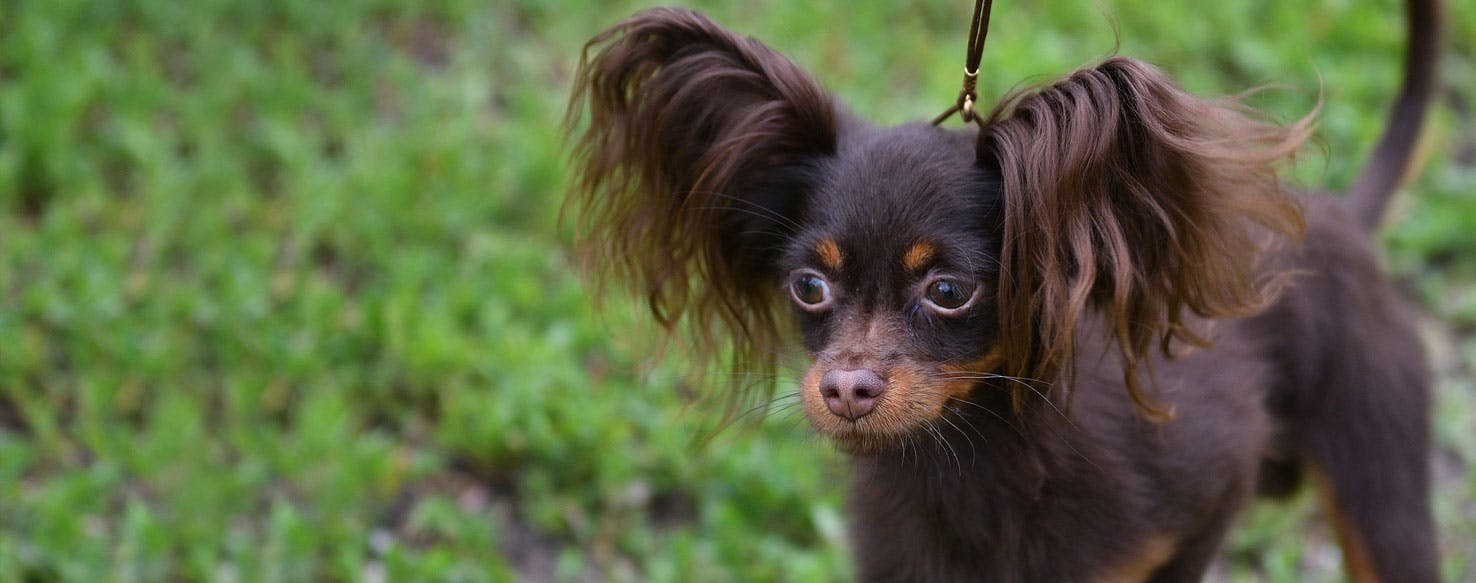
The Russian Toy Terrier was bred exclusively in Russia until their political isolation diminished. There are two types, a smooth and long coated dog, with their various standards were established in 1966.
It wasn’t until the 1990s that the breed was known outside of its homeland and it faced near extinction after the fall of the Iron Curtain. It’s original purpose was a watchdog and ratter.
The Russian Toy Terrier has all the best qualities any dog of any size could have. These dogs are loyal, loving, smart, cuddly, snuggly, and also eager to please. They are also really cute, with tiny bodies and huge floppy ears!
Unlike most Russian dog breeds, the Russian Toy Terrier was bred to live with Russian nobles. Their official duties were pretty much to snuggle in their owners’ laps!
Even today, these dogs often seem both unaware and unconcerned about their small size. They are bold and won’t hesitate to ask for more attention if they think they are not getting enough.
Caucasian Shepherd Dog

The Caucasian Shepherd Dog, or Caucasian Ovcharka, is a Molosser breed and has been around for about 2,500 years.
The Caucasian Shepherd and the Central Asian Shepherd actually share a lineage. Although as time went on, they were increasingly bred to work and live in different environmental conditions.
This breed actually gets its name from the mountain range near its modern homeland, the Caucasus Mountains and was created as a livestock and property guardian and is known for its aggressive nature.
Most of the Caucasian dogs are similar in type and vary only slightly depending on their region, although they were crossbred.
Russian Tsvetnaya Bolonka
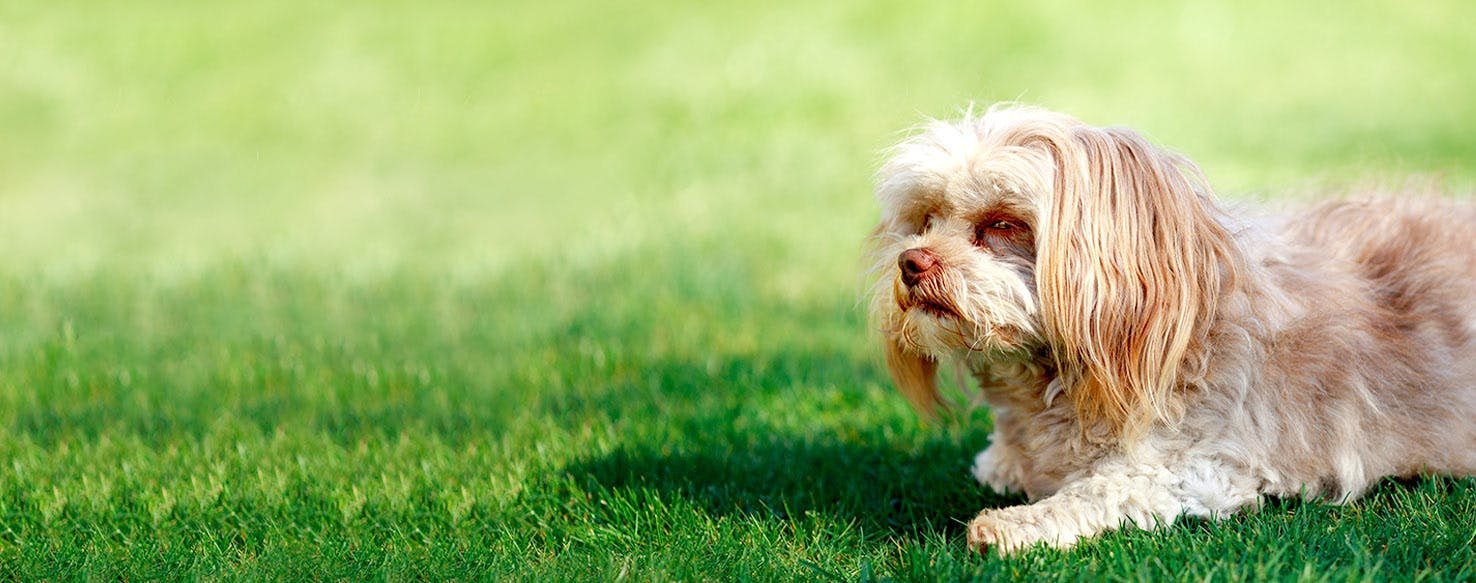
The Bolonka is a Russian dog and covers two breeds, the Franzuskaya Bolonka and the Bolonka Zwetnaya.
They hail from the Bichon dog line, with their similar playful demeanor and curly, thick fur.
The ancestor of the breed was a French dog brought to czarist Russia in the 18th and 19th centuries and were bred mostly as fashionable companions for wealthy women.
The name “Russian Tsvetnaya Bolonka” is a mouthful so if you prefer, you can just call this fluffy cutie by her common name of “Russian colored lapdog.”
The Bolonka dog breed has always been intended to live in small houses and apartments with their master.
As a particularly cute member of the small Russian dog breeds group, Bolonka’s are sweet-tempered, loving, affectionate, snuggly, loyal dog, and are really good with kids.
Bolonka’s are also considered a near-hypoallergenic dog breed.
Black Russian Terrier
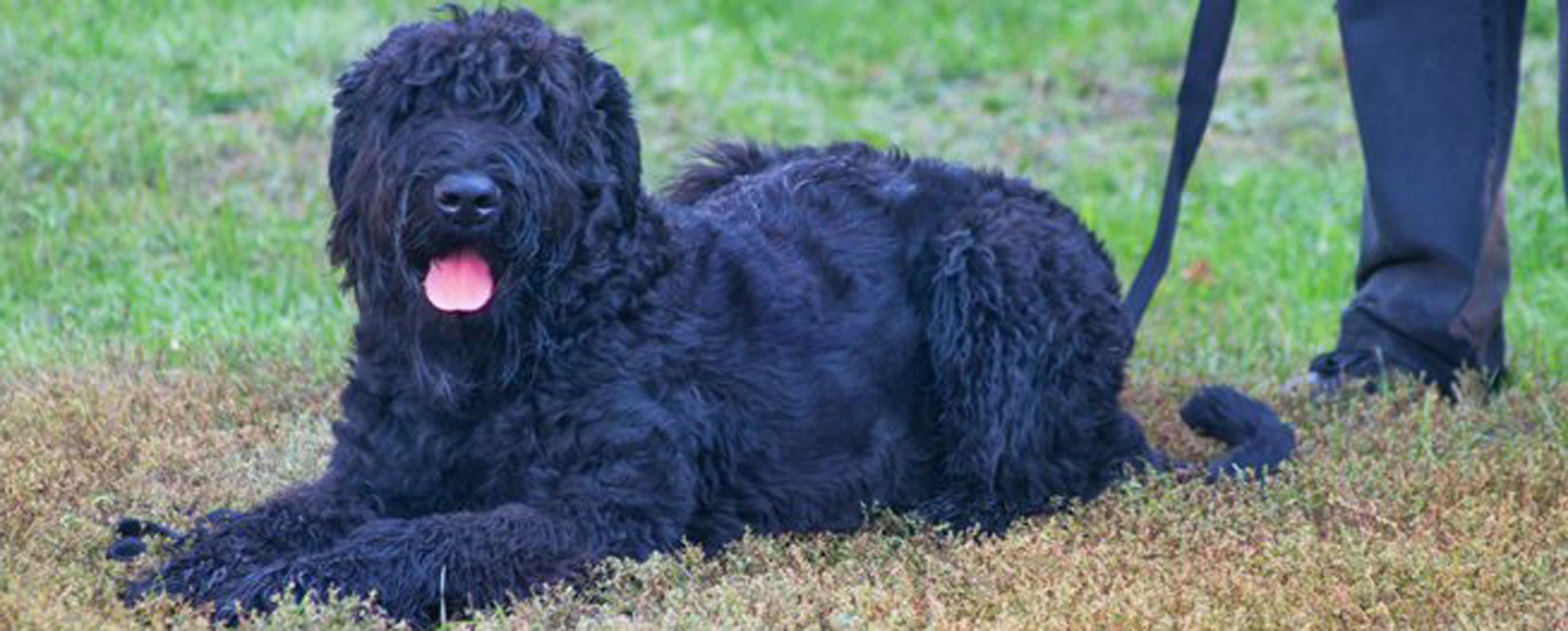
The Black Russian Terrier (or Russian Black Terrier) was developed in the 1940s in the then USSR. It was used mainly as a military working dog and was created by breeding a number of imported breeds from occupied countries.
The breed was deliberately bred from crossing the Newfoundland, Airedale, Rottweiler, and Giant Schnauzer.
The Black Russian Terrier was bred in the 1930s inside of a military-run kennel called Red Star that focused on raising and training Russian guard dog breeds.
Today the Black Russian Terrier is a popular family guard dog, as well as a working guard dog for the military and police organizations.
Borzoi
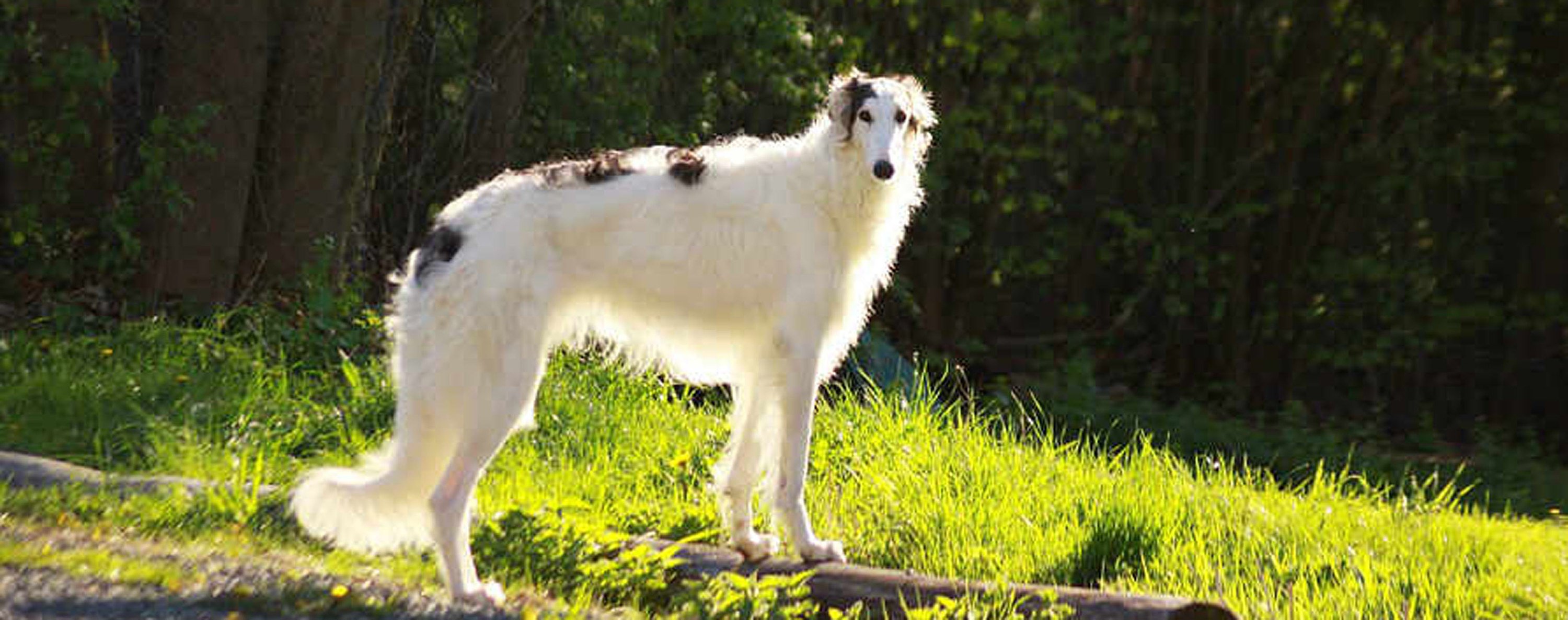
The Borzoi, or Russian Wolfhound, is a sighthound bred for hunting wolves that dates back to the 9th and 10th centuries.
Hunting trials were held for a long period of time to determine proper breeding stock for the Borzoi, until wolf hunting with sighthounds fell out of fashion.
In Russian, the word “borzoi” translates to mean “fast.” And these dogs are really fast!
In fact, everything about the Russian Borzoi seems to be made to run, from its long, thin legs to its body and its steamlined face!
The Russian Borzoi, or Russian Wolfhound, is a member of the Russian hound breeds group.
